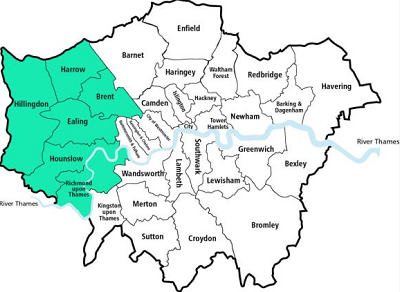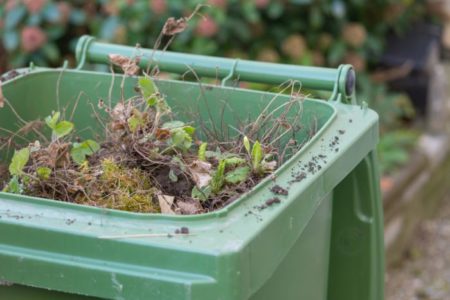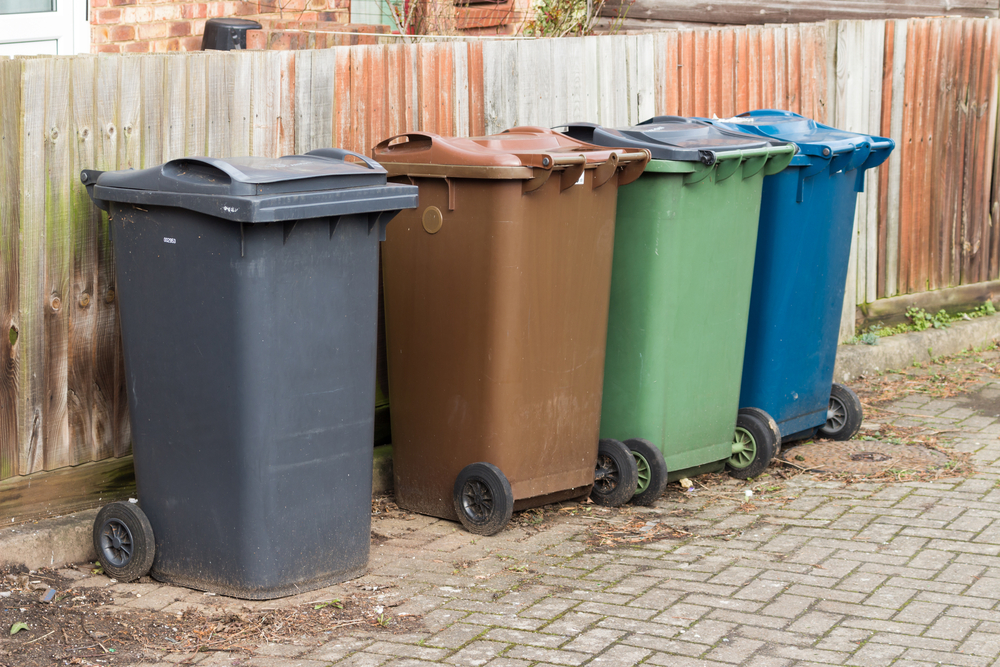The Plan sets out the long-term waste management planning strategy for the six West London boroughs of Brent, Ealing, Harrow, Hillingdon, Hounslow and Richmond upon Thames. Covering the 17 year period until 2031, the document identifies suitable sites for the development of new facilities and safeguards existing waste sites.

The Plan was submitted in July 2014 to the Secretary of State for Communities and Local Government, who appointed an inspector, Andrew Freeman, to establish whether it is legally compliant and sound.
And, in a report published on March 16 2015, Mr Freeman concluded that the plan contained a number of “deficiencies” and required some modifications in order to make it “capable of adoption”.
Capacity
Importantly, the inspector highlights the need for a new policy in the Plan on waste management capacity. According to the London Plan – the strategic plan for London – 614,000 tonnes of additional capacity to reuse, recycle and recover municipal solid waste and commercial and industrial waste is needed in West London boroughs by 2031. While this is mentioned in the text accompanying the Plan, the inspector says that not having a specific policy on this could “undermine” the document’s effectiveness.
He suggests that a policy be added which includes a timetable, stating that 162,000 tonnes is required in the period up to 2021, with a further 221,000 tonnes from 2021-2026 and a 231,000 tonnes in 2026-2031.
“The policy would be directed at delivering the necessary minimum amount of additional waste management capacity of the right type and at the right time”, Mr Freeman explains.
Other recommended changes include a new requirement that any new energy-from-waste developments do “not compromise the management of waste in accordance with the waste hierarchy requirement of the Waste Framework Directive”.
The inspector also recommends the introduction of ‘triggers’ to determine when the Plan should be reviewed – such as if too much or too little waste management capacity is developed or allocated, or if there are numerous complaints about existing facilities.
Adoption
Members of the West London boroughs, as well as the Old Oak and Park Royal Development Corporation, will consider whether to adopt the changes at meetings held between April and July 2015 ahead of the Plan’s expected adoption this summer.
Mr Freeman said: “The Plan has a number of deficiencies in relation to soundness and/or legal compliance for the reasons set out above which mean that I recommend non-adoption of it as submitted, in accordance with Section 20(7A) of the Act.
“The borough councils requested that I recommend main modifications to make the Plan sound and/or legally compliant and capable of adoption. I conclude that with the recommended main modifications set out in the Appendix the West London Waste Local Plans satisfies the requirements of Section 20(5) of the 2004 Act and meets the criteria for soundness in the National Planning Policy Framework”.
In a statement issued on March 17, the West London councils behind the plan said: “The Inspector has considered the representations made on the main modifications and issued his report. The report concludes that, subject to the inclusion of certain modifications, the Plan is legally compliant and sound.”
West London boroughs currently have awarded contracts to treat 460,000 tonnes of residual waste a year. Of this, 300,000 tonnes is due to be sent to an energy-from-waste plant being developed by SITA UK in South Gloucestershire (see letsrecycle.com story). There is also a contract to supply Lakeside energy-from-waste with 90,000 tonnes a year from 2015/16 and 70,00 tonnes a year may go to Slough Heat and Power or be exported.








Subscribe for free